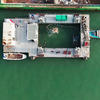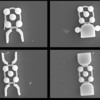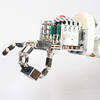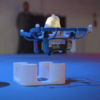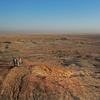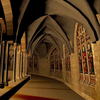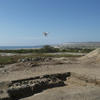You are here
Touching the Depths
10.12.2015, by
When it comes to handling ancient pottery, nothing can replace a steady human hand. Or so archaeologists believed before they tested Corsaire 1 “Speedy.” The world's first submarine robot archaeologist explored the wreck of the Lune, a warship belonging to the fleet of Louis XIV, which sank off the coast of Toulon (southern France) in Novembre 1664.

1
Slideshow mode
The three-fingered hand with “adaptive grasp” adjusts to the shape of the object it handles without breaking it.
Teddy Séguin/ Frédéric Osada/ DRASSM/ Images Explorations

2
Slideshow mode
To mimic the precise and gentle touch of human archaeologists, the robotic hand is equipped with pressure sensors.
Teddy Séguin/ Frédéric Osada/ DRASSM/ Images Explorations

3
Slideshow mode
Corsaire 1 “Speedy” is controlled from the vessel, using live feeds from the on-board cameras.
Teddy Séguin/ Frédéric Osada/ DRASSM/ Images Explorations
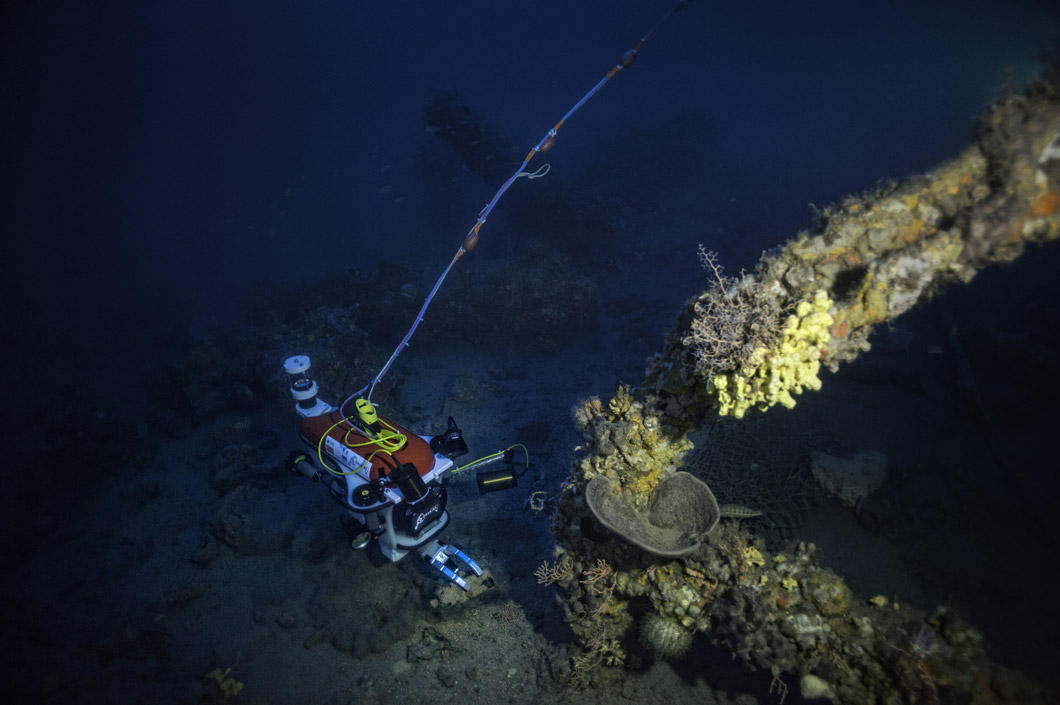
4
Slideshow mode
A tether cable links the vessel to the robot, to exchange data and supply power.
Teddy Séguin/ Frédéric Osada/ DRASSM/ Images Explorations

5
Slideshow mode
The robotic hand can be replaced by "claws," which resemble rakes that cross and overlap in order to collect objects that are difficult to handle.
Teddy Séguin/ Frédéric Osada/ DRASSM/ Images Explorations
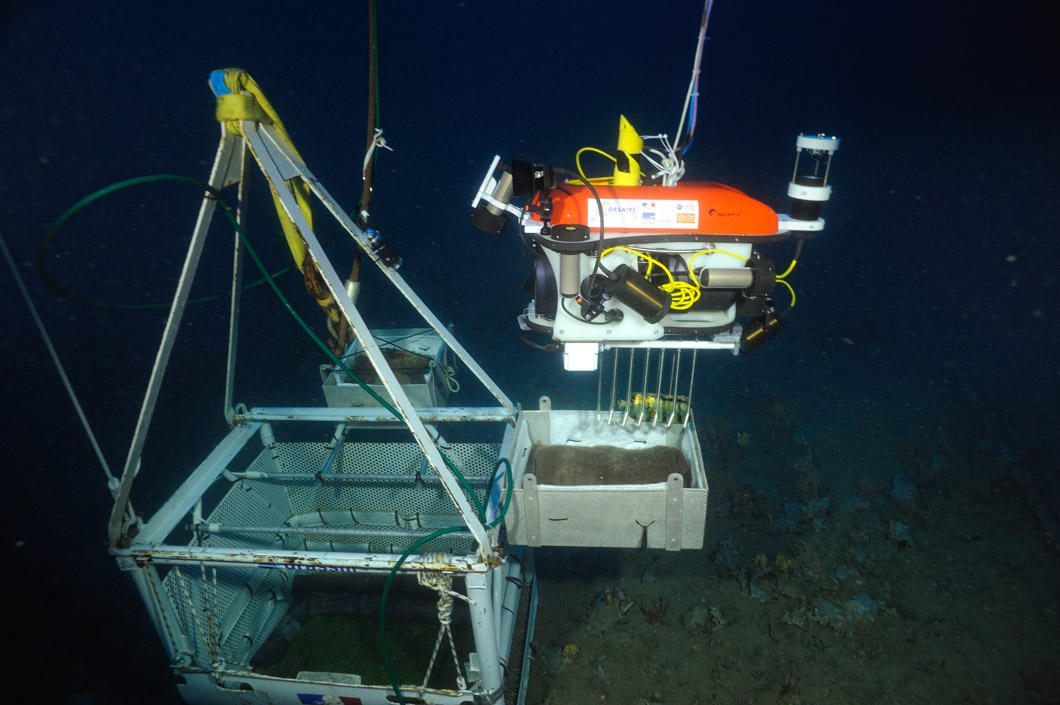
6
Slideshow mode
The samples are carefully placed in a case that is sent directly to the surface— letting “Speedy” get back to work immediately.
Teddy Séguin/ Frédéric Osada/ DRASSM/ Images Explorations
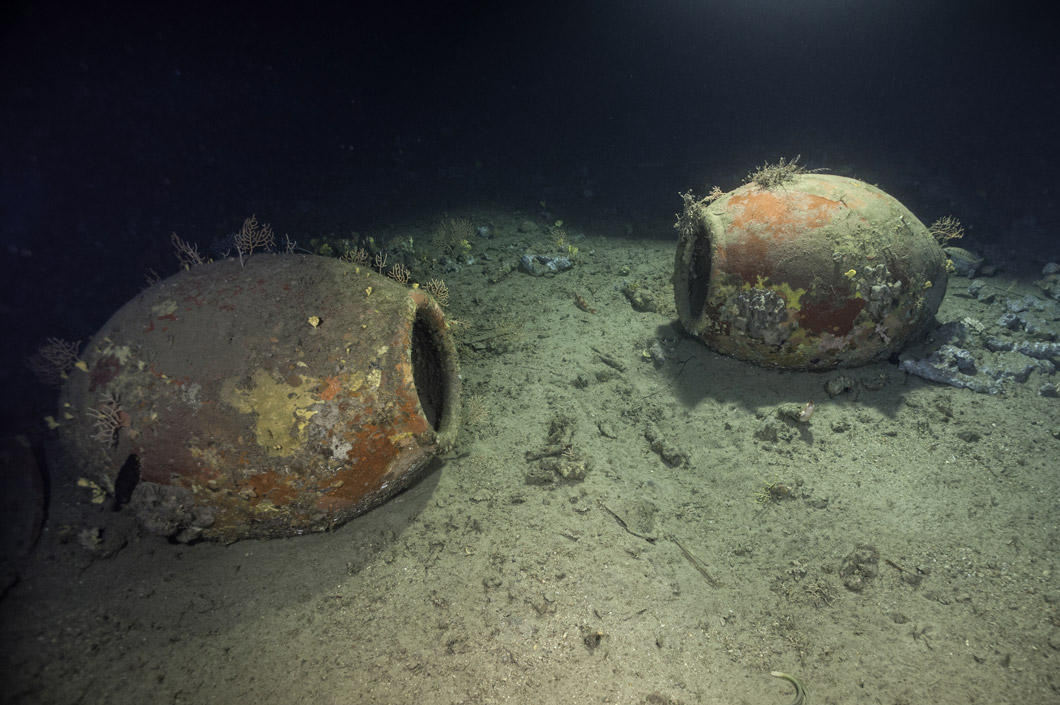
7
Slideshow mode
The Lune shipwreck lies 90 m deep in the bay of Toulon (southern France). The ship, which belonged to Louis XIV, sank in 1664, taking hundreds of lives and thousands of objects with it.
Teddy Séguin/ Frédéric Osada/ DRASSM/ Images Explorations

8
Slideshow mode
The Corsaire Concept Project involves archaeologists as well as 3D imaging and robotics experts.
Teddy Séguin/ Frédéric Osada/ DRASSM/ Images Explorations
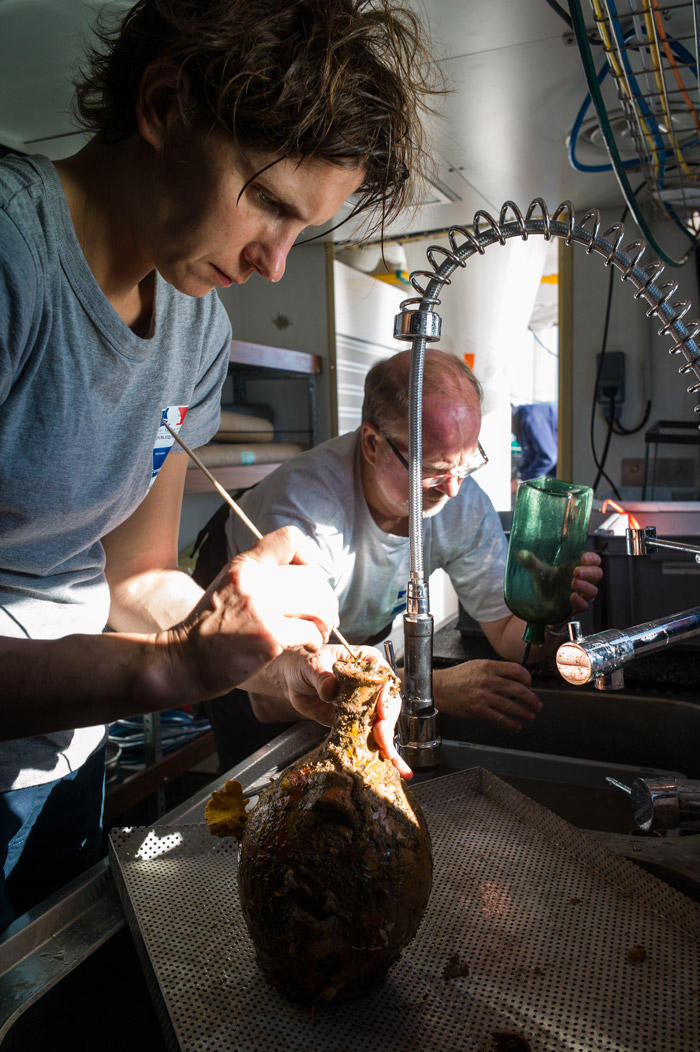
9
Slideshow mode
Back on board, the finds are immediately processed. Their long stay in salt water have made them extremely fragile.
Teddy Séguin/ Frédéric Osada/ DRASSM/ Images Explorations

10
Slideshow mode
Of the many items found is this green and yellow glazed bottle, from the workshops of the Huveaune valley ��������������������
Teddy Séguin/ Frédéric Osada/ DRASSM/ Images Explorations

11
Slideshow mode
The team is also testing a 3D laser prototype that can scan objects under water.
Teddy Séguin/ Frédéric Osada/ DRASSM/ Images Explorations
Explore more
Society
Article
12/02/2025
Article
11/09/2025
Article
10/20/2025
Article
10/15/2025
Article
10/03/2025
Robotics
Article
01/23/2023
Article
10/20/2022
Article
08/11/2022
Article
07/22/2020
Video
12/20/2019
Archaeology
Article
04/16/2025
Video
03/25/2021
Article
01/09/2020
Article
12/03/2019
Article
05/15/2018







